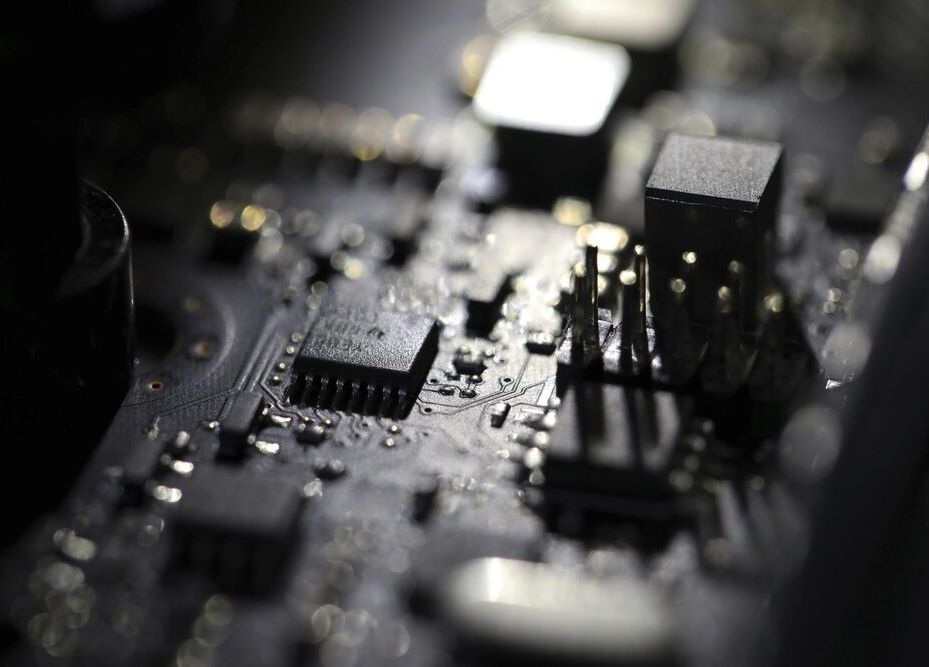Jul 5, 2021
Google cloud VMs servers can be hacked via DHCP using this vulnerability in a specific scenario
Posted by Saúl Morales Rodriguéz in category: cybercrime/malcode
A recent security report states that it is possible to hijack sessions on Google Compute Engine virtual machines to gain root access through a DHCP attack. While deploying this attack is impractical, an exploit attempt can be highly functional.
The report, published on GitHub, mentions that a threat actor could allow threat actors to take control of virtual machines because these deployments rely on ISC DHCP software, which employs a very weak random number generator. A successful attack clutters these virtual machines with DHCP traffic, forcing the use of a fake metadata server controlled by an attacker.
If the attack is successful, the virtual machine uses the unauthorized server for its configuration instead of an official Google one, which would allow cybercriminals to log in to the affected device with root access.


















